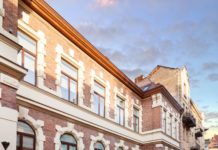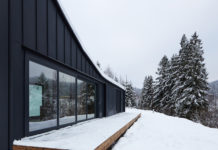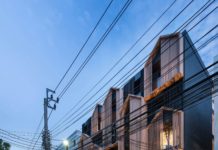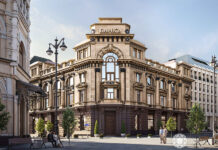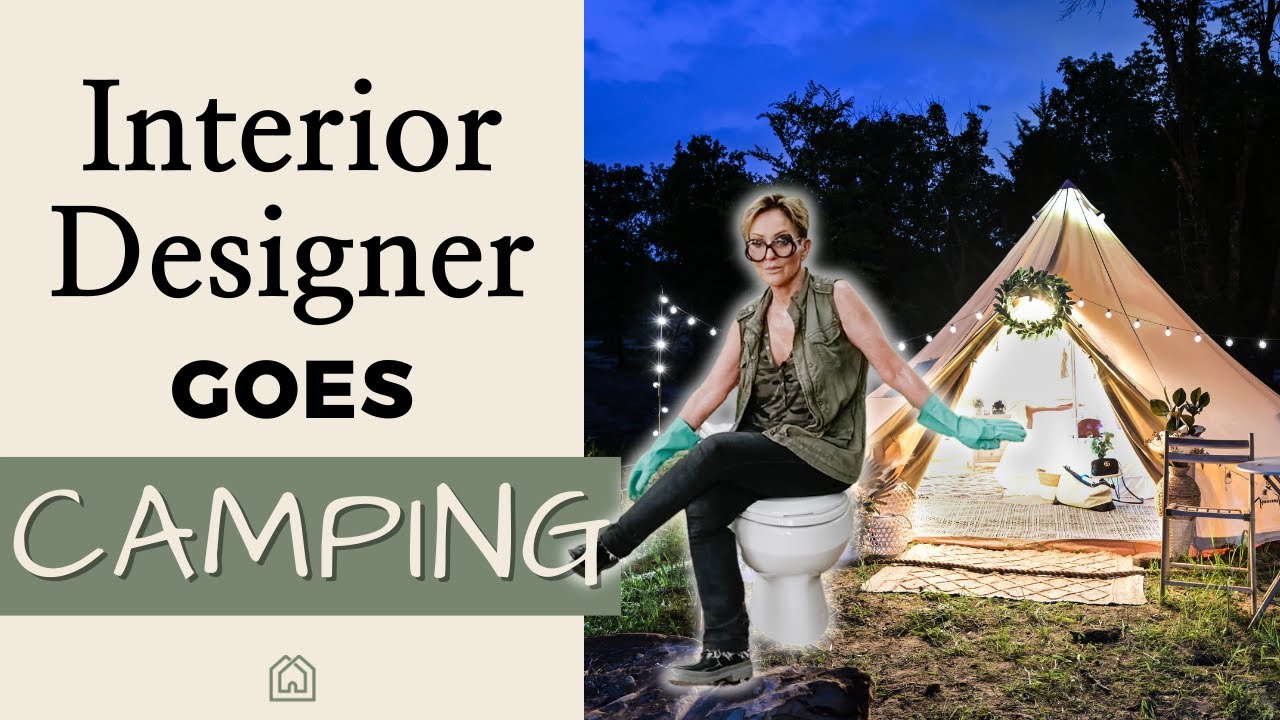Illumination of the facade, landscape and entrance always has different scenarios. And the comfort of the residents depends on how well they are implemented.
Lighting design of an apartment building and its territory is just as important for residents as other components of comfort. Thanks to him, a beautiful safe space is created where a person feels care of himself. What is this concern? In the thoughtfulness of lighting scenarios, in other words, it is a change in lighting depending on the tasks.
Let's talk a little more about what lighting scenarios are, especially in premium complexes. The easiest way to explain this is with an everyday example. In their apartment, each person uses different lighting options. The included chandelier on the ceiling calls for vigorous activity, the reading lamp invites you to relax, and the night light invites you to completely relax, sleep peacefully. All these light sources have different brightness, are at different heights and perform different functions. On the one hand, people are themselves the creators of light scenarios in their homes, on the other hand, the light they create then “dictates” the rules of behavior. It is difficult to sleep with the “upper” blinding lamp and it is no less problematic to clean up while the garland is blinking in the twilight. Thus, a light scenario defines a behavioral scenario.
Light is one of the most powerful tools for emotional impact, since a person has a visual perception of the world. With the help of lighting design, you can make the space cozy and evoke a positive emotional response, or vice versa, “hostile”.
If we transfer what has been said outside the apartments – into courtyards, on facades and in public places of residential complexes – we will also see many lighting scenarios that in some way determine the behavior of residents and give them emotions. Scenarios change depending on the time of day, year, situation at the facility, holidays in the calendar. This is especially noticeable in elite complexes: the higher the class of the residential complex, the more light scenarios it contains and the more competently they are designed.
Change of events
The scenarios “played out” by the backlight do not depend on its location: facade, adjoining territory or internal premises. You can set a romantic scenario for the same location, or you can create an atmosphere suitable for active games of children or peaceful communication with loved ones.
This applies not only to large spaces. Individual elements of architecture, landscape design, interior design – art objects, installations, columns, sculptures, etc. – can also be illuminated in different ways so that they complement the overall scenario or even play the main, accent role in it.
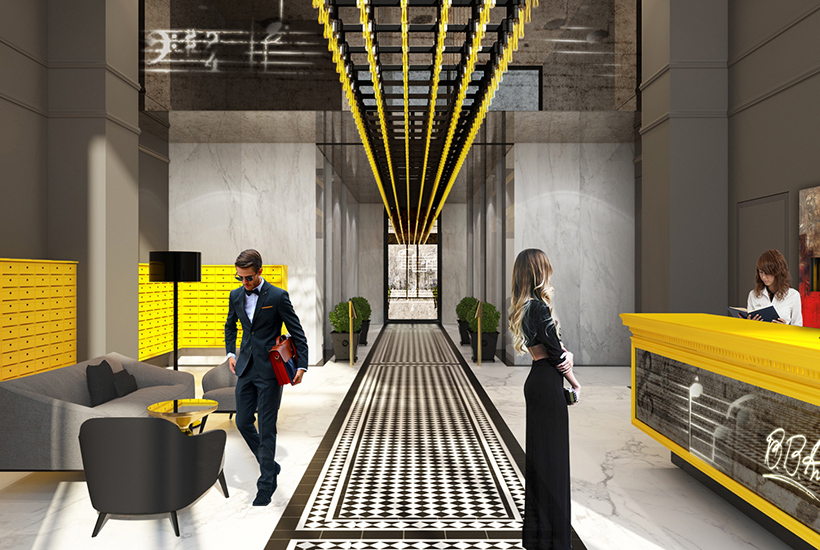
What are the scenarios? Here is just an approximate description of them, in fact, there are much more options. In the morning, special lighting “sees off” the tenants to work, setting them up for a positive start to the day. The evening light greets them upon their return, “envelops” them with home warmth, disposes to rest. The front lighting is relevant now, it is distinguished by a large number of switched on lamps, illuminated cornices, elements of architecture and the entire contour of the building. She creates a New Year's mood and motivates to prepare for the main night of the year. Sometimes the illumination is less solemn, but also elegant. It is not necessary to turn it on before the holidays, it is possible for no apparent reason – it will be unexpected and pleasant for residents, because people always want something new.
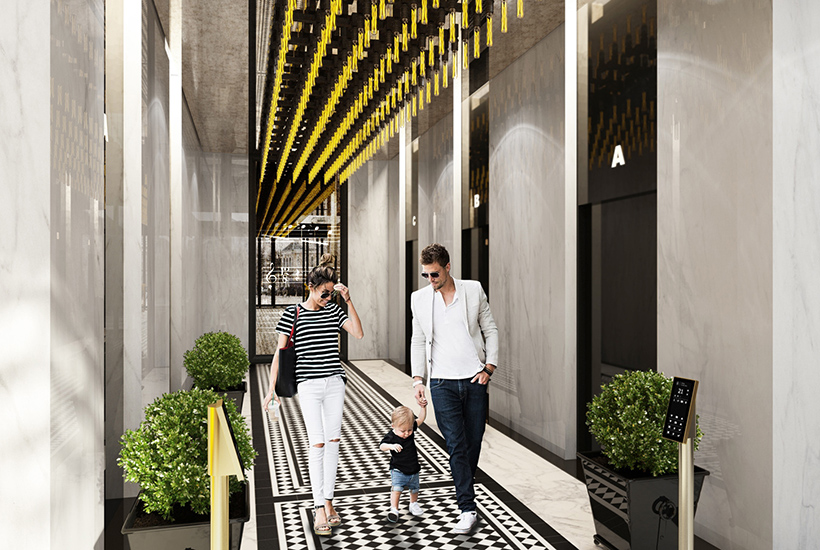
There are also different scenarios in everyday lighting, when not the whole building is “on fire”, but the entrance groups, individual elements of architecture are highlighted. It is subdivided into “summer” and brighter winter, with a different “temperature” of the lamp. The degree of illumination can also change according to a certain scenario. In some complexes, the lamps light up gradually, barely noticeable, as dusk falls. In others, the “ignition” occurs pointwise: from the address plate and ending with the entire building. In the third cases, the house turns on immediately and as the lamps gain power, it becomes even brighter.
The atmosphere inside
With the help of light, you can also zone common areas. And then they will look thoughtful, a person will intuitively understand the construction of routes, even if he first came here to visit. The visitor does not need to see the arrows indicating the elevator and the reception, he can navigate by the light “spots” where to go.
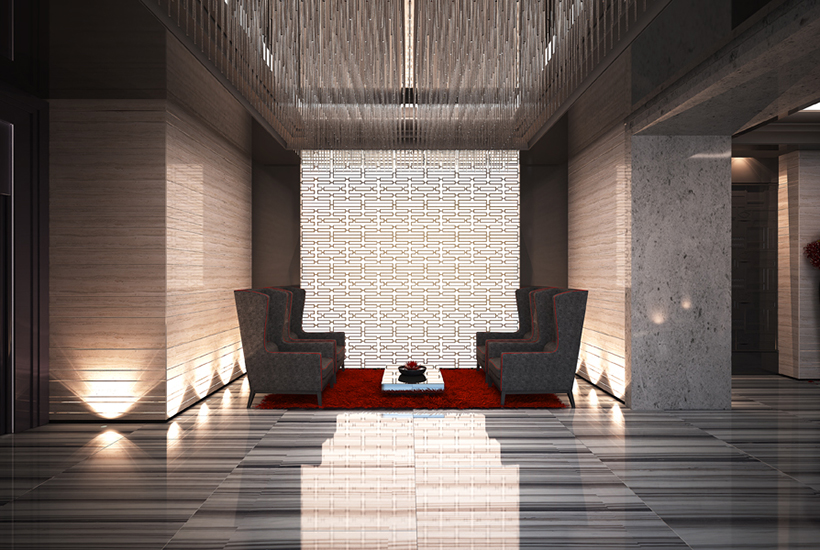
Correct illumination of different zones is important not only for the differentiation of their functionality, but also for the safety of people. If everything in the parking lot is flooded with one steady light, it, reflecting from surfaces, can interfere with motorists and pedestrians. When entering a courtyard or a parking lot, nothing should be blinded on the way to the driver's parking space, so the light is dim there. But the parking lot and the pedestrian lane, on the contrary, are brightly lit.
If nothing happens in the parking lot, the lamps turn off. The same thing happens in the corridors on the LCD floors: the backlighting there is often “smart”. It can be switched on in the direction of travel, and during high traffic it can work constantly, otherwise the lamps will blink frequently. When the flow of people decreases, the light dims, only apartment numbers and letter boxes can be illuminated. In general, the variability of scenarios not only gives dynamism to the interior, but also saves energy and money for the consumer.

Lamps inside the building can work around the clock. During the day, the receptionist's desk is illuminated, and in some LCDs it is strongly illuminated and looks elegant, in others, on the contrary, the atmosphere is intimate. If the entrance is on the shady side or the day is cloudy, floor lamps are turned on in MOPs. In technical rooms such as small washers or corridors with storerooms, lamps are powerful, because too soft lighting is inconvenient. In addition, it must be technically possible to turn on a bright light in every corner of the LCD at any time of the day, so that, if necessary, the personnel of the management company or emergency services can work quickly and efficiently. These are all different scenarios with different tasks.
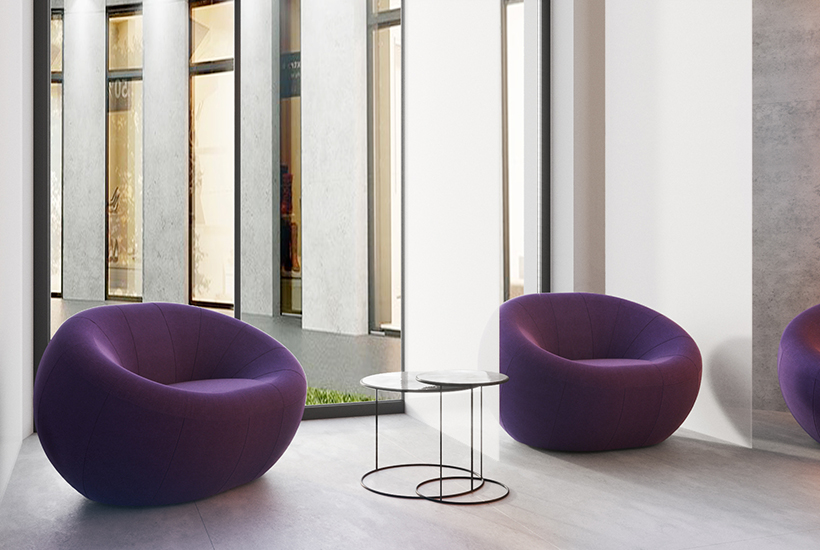
I can give an example of a chamber complex of elite mansions in the historical center of Moscow. Some buildings have been reconstructed, but there is also new construction in this project. We had to take into account in the outdoor lighting the nuances of the architecture of all buildings and the location of the LCD inside the block, to create a comfortable “feeling of the yard” for people. We decided that it would be best to do different illumination brightness at the mansions. Thanks to this technique, some buildings “solo” in the general ensemble, others complement it. The oldest mansion is highlighted as accurately as possible, since its architecture is elegant in itself. Modern houses in this residential complex “burn” brighter, because they have more laconic facades. Several scenarios are also implemented inside. In the ceremonial version, a central chandelier is included in the halls. In the evening – muted and smoothly turning into the morning scenario – cozy sconces turn on.
There is no universal recipe for creating beautiful and functional lighting in a residential complex. One can single out only a general idea: if the light source is not visible, then the lighting design is done well. And vice versa: direct rays, blinding spots are difficult for perception. A harmonious LCD image is created from hundreds of nuances. The end result is a long work of designers, visualization of various scenarios and selection of equipment with the creation of real mockups on site.


